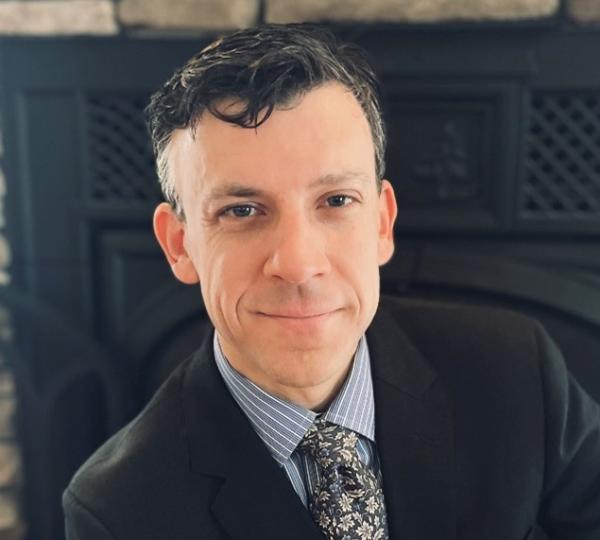Steven Novakovic, CAIA, CFA is the Managing Director, Curriculum, CAIA Association
For the fifth year, CAIA brought together an exclusive group of limited partners (“LPs”) ahead of GlobalARC in Boston to share insights in a closed-door setting. This year’s topic was one that seems to be on every investor’s mind these days: Private Debt. As seems to be the case with nearly every investor over the last year, private debt was front of mind for everyone in the room, with nearly every participant having recently increased their allocation (or has plans to increase their allocation) to the strategy.
What was more surprising, was the tone of the conversation. This group of LPs expressed a degree of caution that has been absent in nearly every other conversation during the last year. While the attendees remain committed to increased allocations (albeit mid-single digit allocations), they cited several reasons for concern and will be growing their allocation with care. Given the rapid growth and interest in the strategy over the last two years, it is hard not to feel like we’ve seen this story before —everyone rushing in, only to have the flood of money impact returns and create new risks.
In some ways this is a bit of a two-part story; one of loans issued more than a year ago, and one of new issuance today. As central banks across the globe began raising interest rates, investors sought assets that would be resilient, or even benefit from such an environment. A seemingly obvious candidate was floating rate securities such as those found in private debt portfolios (typically 2nd lien, unitranche, and some asset-backed securities).
As these loans were being issued, credit risk appeared to be reasonably muted as most loans were accompanied by high debt service coverage ratios in a market with ample liquidity and every reason to believe refinancing at maturity would be highly likely. Today, with cash rates near 5% and a growing sentiment of higher for longer, the credit risk profile on these loans have shifted. Coverage ratios for some loans have fallen below 1.0x and while liquidity remains ample, it is not obvious that historical loans will be able to be refinanced without additional equity support. While the market has not seen a meaningful move in default rates or non-performing loans yet, these investors were concerned this may change in the next 12-18 months as corporates run low on cash, and the market nears a looming maturity wall in 2025.
One could argue that loans issued today do not face these same risks given that originators are underwriting with rates already higher. Further, sentiment suggests we may be nearing the end of the rate hike cycle, posing a lower risk that lenders underestimate future interest obligations of borrowers. However, this perspective was not enough to assuage the fears in the room. The main concern being the sheer volume of capital entering the market. Are there enough high-quality borrowers? Or will lenders flush with dry powder extend credit to riskier and risker companies to put funds to work? And what of those existing loans with deteriorating credit profiles, would a tick up in defaults create a systemic fallout a la 2008? Oh, and how about the fact that many fund managers in market were formed post-2008, meaning they have no track record of investing through a credit cycle?
As noted, these investors remain committed to increased allocations despite articulating these concerns. At least they are walking into the market with their eyes open and will be having these same conversations with GPs during the due diligence process. And if none of those GPs pass muster, there may be a distressed debt fund somewhere in the market fundraising.
About the Author:
Steve Novakovic, CAIA, CFA is the Managing Director, CAIA Curriculum for CAIA Association. In this role, he is responsible for managing the CAIA Charter curriculum, ensuring the content remains relevant and reflects current trends in the institutional asset allocator space. He joined CAIA Association in 2022 and has been a Charterholder since 2011. Prior to CAIA Association, Steve was a faculty member at Ithaca College in Ithaca, NY, where he taught a variety of finance courses including: Cryptocurrencies, Alternative Asset Management, and Wealth Management, among others. Before entering academia, he worked at his alma mater, Cornell University, (B.S. 2004, MPS 2006) in the Office of University Investments. In his time at Cornell University, Steve invested across a variety of asset classes for the $6 billion endowment. His twelve years at Cornell generated substantial insight into endowment management and fund investing across the alternatives and traditional landscape.





